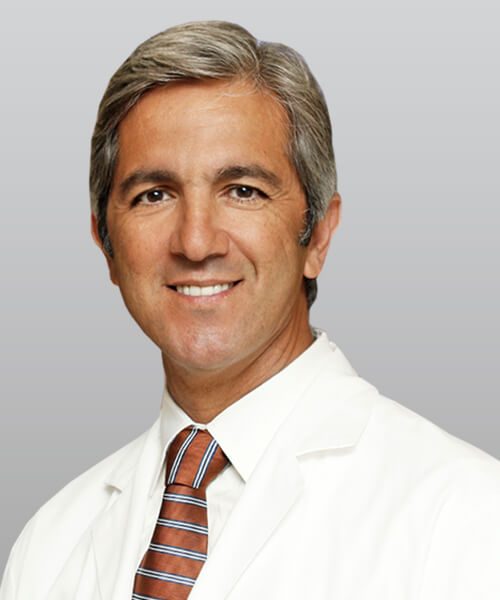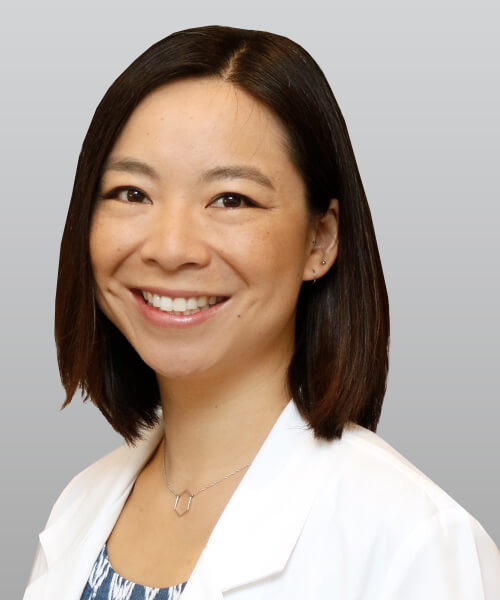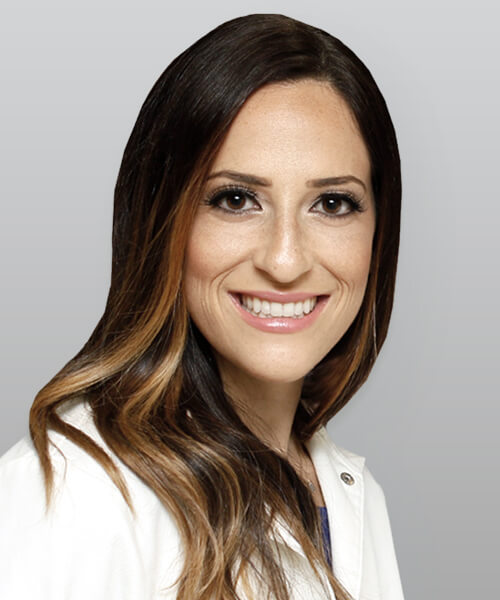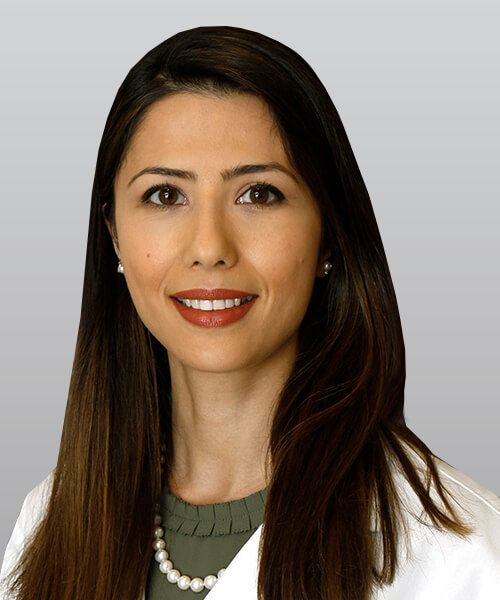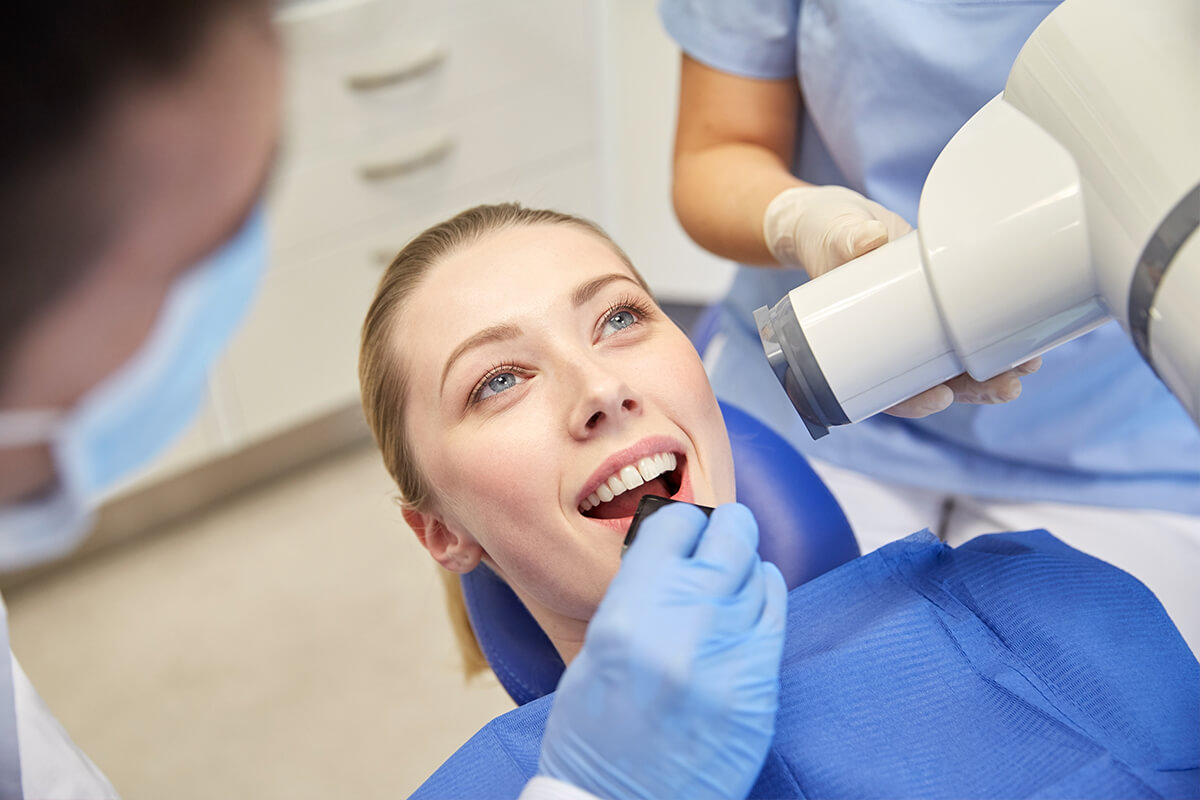
Consistent check-ups with your dentist are essential for maintaining excellent oral hygiene and diagnosing potential issues. In addition to regular dental visits, adhering to oral homecare routines is crucial in minimizing dental problems.
The leading cause of tooth loss stems from periodontal disease, also known as gum disease or periodontitis. Fortunately, in most instances, it's entirely preventable. Consistent daily self-cleaning practices and biannual professional cleanings can significantly reduce plaque and bacteria associated with this disease. Additionally, maintaining good oral hygiene not only helps prevent periodontal issues but also leaves you with a fresh and radiant smile!
Below are the most beneficial oral hygiene aids for homecare:
Interdental Cleaners
Alongside dental floss, interdental brushes come highly recommended by a majority of periodontists and hygienists. These brushes are available in various shapes and sizes, featuring soft, small bristles designed to gently and effectively clean the spaces between teeth and along the gumline.
Dental Flosses
Dental floss is typically utilized twice daily following thorough tooth brushing. It serves as a popular subgingival and interdental cleaner, available in various flavors and styles. Comprising thin nylon fibers or polyethylene ribbons, dental floss effectively removes food particles and plaque from between the teeth. However, it's essential to floss gently to avoid causing harm to the soft tissues, which could lead to bleeding.
Mouth Rinses
Over-the-counter cosmetic rinse: This form offers temporary relief from bad breath. However, most dentists express skepticism about its effectiveness in reducing plaque. Therapeutic rinse: Often requiring a prescription and regulated by the FDA, therapeutic rinses have proven effective in reducing bad breath, plaque, and preventing cavities according to research.
Oral Irrigators
Oral irrigators, functioning like water jets, effectively eliminate harmful bacteria and food particles by directing water through small jets into gum pockets. They've demonstrated success in reducing the risk of gum disease. However, it's crucial to note that they should complement, not replace, brushing and flossing. Professional biannual cleanings are recommended to remove more extensive debris.
Rubber Tip Stimulators
Rubber tip stimulators promote increased blood flow to the gums and efficiently eliminate plaque from the gum area. Using gentle pressure, they are traced along the outer and inner gum line at least once a day. Plaque on the rubber stimulator tip can be easily rinsed off with tap water. Proper storage in a cool, dry place and regular replacement of worn tips are essential practices for maintaining the stimulator's effectiveness.
Tongue Cleaners
Tongue cleaners are specialized tools intended for removing accumulated bacteria, fungi, and food debris from the surface of the tongue. Research indicates that a tongue scraper is more effective than a toothbrush in eliminating toxins and bacteria from the tongue. Unlike brushing and flossing, which primarily dislodge and move debris around, a tongue scraper actively collects toxins from the tongue, aiding in their removal from the body. However, it's crucial to prioritize brushing teeth before using a tongue scraper to prevent the ingestion of bacteria and fungi.
Toothbrushes
There is a vast array of toothbrush options available, each with its own benefits. Electric toothbrushes are often more effective at removing plaque and dislodging food particles around the gums and teeth due to their vibrating motion. While manual toothbrushes can yield similar results, achieving them might require more effort and thoroughness compared to using an electric toothbrush.
Maintaining a clean toothbrush is essential for oral hygiene. Worn-out bristles on manual toothbrushes should be replaced every three months as they lose their effectiveness over time. Medium and hard bristle varieties may cause damage to the gums, whereas soft bristles gently clean without harming them. Ideally, teeth should be brushed after each meal or at least twice a day. Using an appropriately sized toothbrush approved by the American Dental Association (ADA) allows for thorough cleaning of all teeth surfaces.
Please ask your dentist or dental hygienist if you have any questions about oral hygiene aids.

